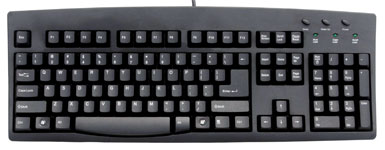High School Life
For lots of
students, high school is the most exciting time of their lives. High school is
where everything starts - your development from a gawky kid to a confident
teenager during this stage of your education is full of exciting possibilities.
High school is where lifelong reputations and images and usually made. Whether
you will be a prom queen type, the nerd or the popular athlete, you will get to
know that in high school.
High school can be scary because not all of your classmates from elementary
will go to the same school as you. Chances are half of the faces in your
classroom are new ones. They are probably feeling the same as you do, anxious,
nervous and a little scared to make friends. Schools help the students get
acquainted with each other by organizing freshman orientations before the
formal start of classes. This will help ease the tensions between students, a
lot of them strangers to each other.
Another thing of concern
regarding high school is the curriculum. You will soon find out the difference
of elementary and high school; suddenly, the subjects are harder and the
workload is greater. Depending on what type of student you are, you should view
the increased difficulty in your curriculum as a challenge that will prepare
you for an even greater one - college. More often than not, it is in high
school where you will discover your passion in life. Your fascination in your
biology class may help you realize that you want to be a doctor. Your
excellence in dance class might make you want to pursue dancing in a more
professional level after graduation.
High school would not be complete without getting involved with
extra-curricular activities. Take your pick: varsity basketball, cheer leading
squad, theater guild, chess club, and music club and student government. These
activities will help lessen the pressure of studying in school.
However, high school life is not always fun.
Remember that our parents sent us to school to study and not just to mingle
with people. We cannot avoid problems related to school like having no
assignments and passing late projects (yeah, right!), brain-crashing and
mind-sizzling examinations (oh, dear…), low and even failing grades
(disgusting!) child-sent-to-office and parents-called stuff (uh-oh!) and a lot
more!
The bad thing is, some of us continue to experience the same
problems each year.








